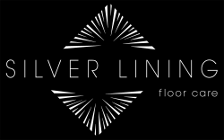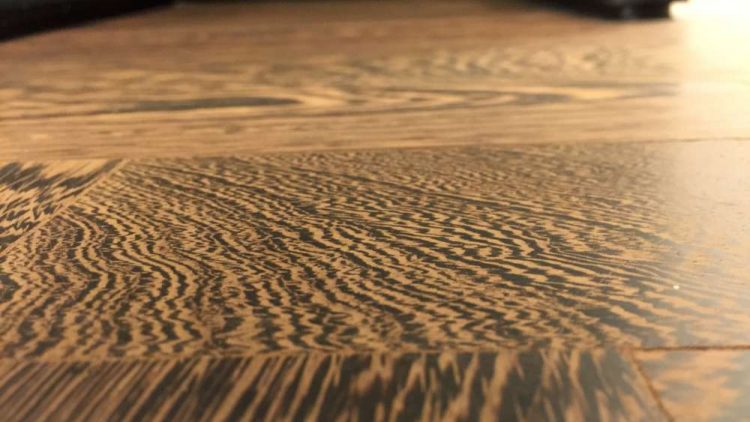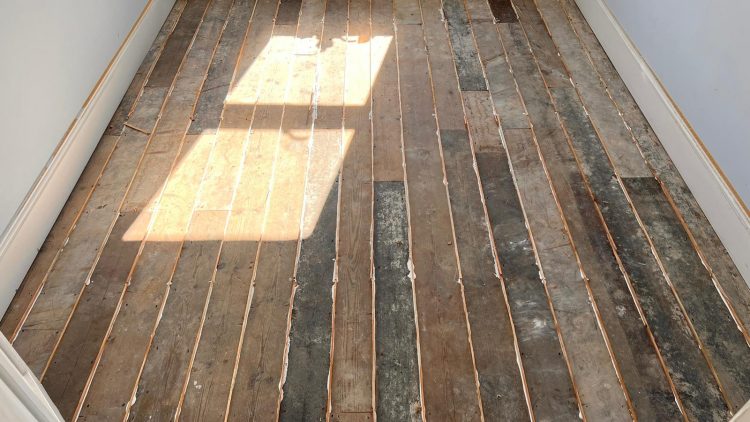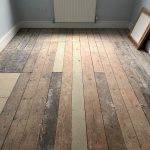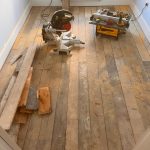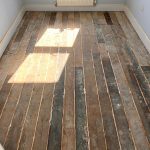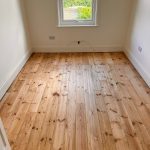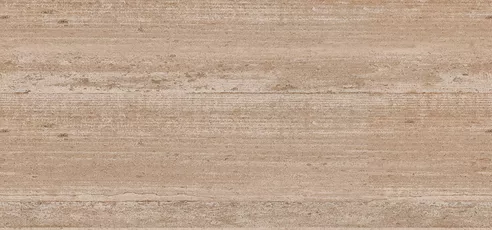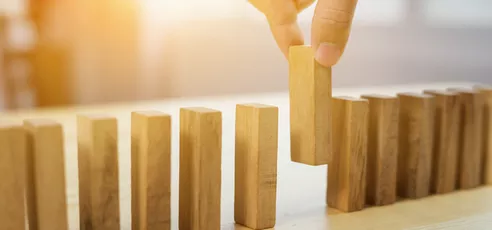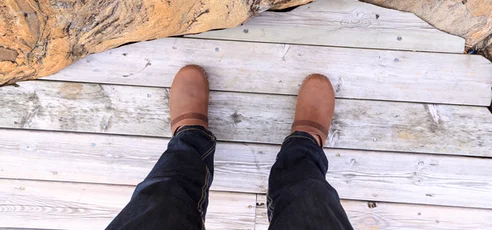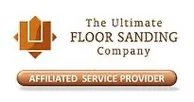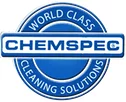Sanding and Oiling Restaurant Floor
Restaurant Floor Sanding: Choosing the Right Finish for Long-Term Benefits
Introduction:
Restaurants, known for their bustling atmosphere and heavy foot traffic, require durable, low-maintenance flooring solutions. When it comes to wood floor restoration, the choice between sanding and oiling or lacquering can significantly impact the aesthetics, maintenance, and longevity of the floor. In this article, we will explore the benefits of sanding and oiling as a viable alternative to traditional lacquering for restaurant floors.
The Challenge of Lacquering:
Lacquering involves multiple coats and drying times, making it challenging to execute in a busy restaurant without interrupting business operations. The process typically requires one coat of primer and a minimum of two coats of lacquer, with drying times ranging from 4-12 hours before any foot traffic can resume. Additionally, it takes 7-10 days for the lacquer to fully cure, during which time the floor should not be covered or subjected to other renovation work.
Sanding and Oiling: A Viable Alternative:
To avoid disrupting business operations, restaurant floor sanding and oiling offer a quicker and more convenient solution. With sanding and oiling, there is no idle time between coats, allowing the floor to be ready for light foot traffic just 4 hours after the process begins. The complete curing process takes 12 hours, eliminating any loss of business during the restoration.
Staining for Aesthetic Appeal:
Restaurants often desire a specific colour or stain to match their overall ambience. While staining and lacquering require an extended process, staining and oiling can be done in a similar timeframe to simple oiling. Pallmann offers an excellent system where stain and oil can be applied simultaneously, making the process more efficient. Staining is considered a premium service and may incur additional costs.
The Benefits of Oiling:
Contrary to common misconceptions, oil finishes provide comparable durability to lacquer finishes. In the long run, oiled floors offer several advantages over lacquered floors. Oiled floors are easier to maintain, as localised damages can be fixed without re-sanding the entire floor. Additionally, the natural look of oiled floors ages gracefully and hides small scratches, while lacquered floors may develop a plastic appearance with multiple coats.
Long-Term Cost Comparison:
I have created a graph to illustrate the difference over time:
- Day 1: Sanding is completed, and you have a beautifully restored floor.
- After 6 months: Both floors have accumulated some dirt, but the oiled floor actually improves more than the lacquered floor. It’s not just about cleanliness but also the visual appeal and natural aesthetics of the oiled floor.
- 6 months later: Both floors become dirty again, with the lacquered floor showing more obvious signs of wear and tear. The oiled floor, despite scratches and dirt, adds character and charm, while the lacquered floor simply appears unsightly.
- Maintenance Time: Deep cleaning and re-coating the oiled floor will enhance its natural beauty, while the lacquered floor may start to look artificial with multiple layers of coating.
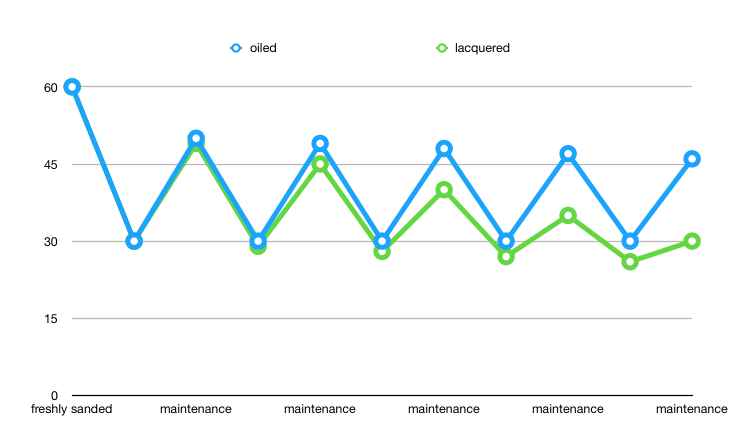
This cycle of getting dirty and cleaning repeats every 6 months. However, there comes a point where the lacquered floor requires a full sanding (costing £10,000), and eventually, it may need to be replaced altogether (£30,000). On the other hand, with proper maintenance, an oiled floor never needs to undergo sanding again, ensuring it retains its allure for a very long time. Moreover, this sustainable choice also contributes to environmental preservation by eliminating the need for new flooring.
Conclusion:
In conclusion, the oil finish offers not only long-term cost savings but also a more visually appealing and sustainable solution. While personal preference may play a role, the practical benefits of an oiled floor cannot be overlooked.
Remember, your flooring decision affects your business, your budget, and the environment. Choose wisely and enjoy the timeless beauty of a well-maintained floor.
Choosing the right finish for restaurant floors is crucial for long-term durability and aesthetics. While both lacquering and oiling have their advantages, the benefits of sanding and oiling, such as minimal downtime, easy maintenance, and cost-effectiveness, make it an attractive choice for restaurant owners. Regardless of the chosen finish, implementing a proper maintenance plan is essential to preserve the floor’s beauty and avoid expensive restoration projects. For more insights on the financial aspects of flooring decisions, you can refer to my article on the difference between price, value, cost, and profit.
Remember, your restaurant floor is an investment that impacts both your business and the environment. Choose wisely and enjoy the long-lasting beauty and functionality of a well-maintained floor.
For more information and assistance with your restaurant floor restoration project, feel free to reach out to us.

